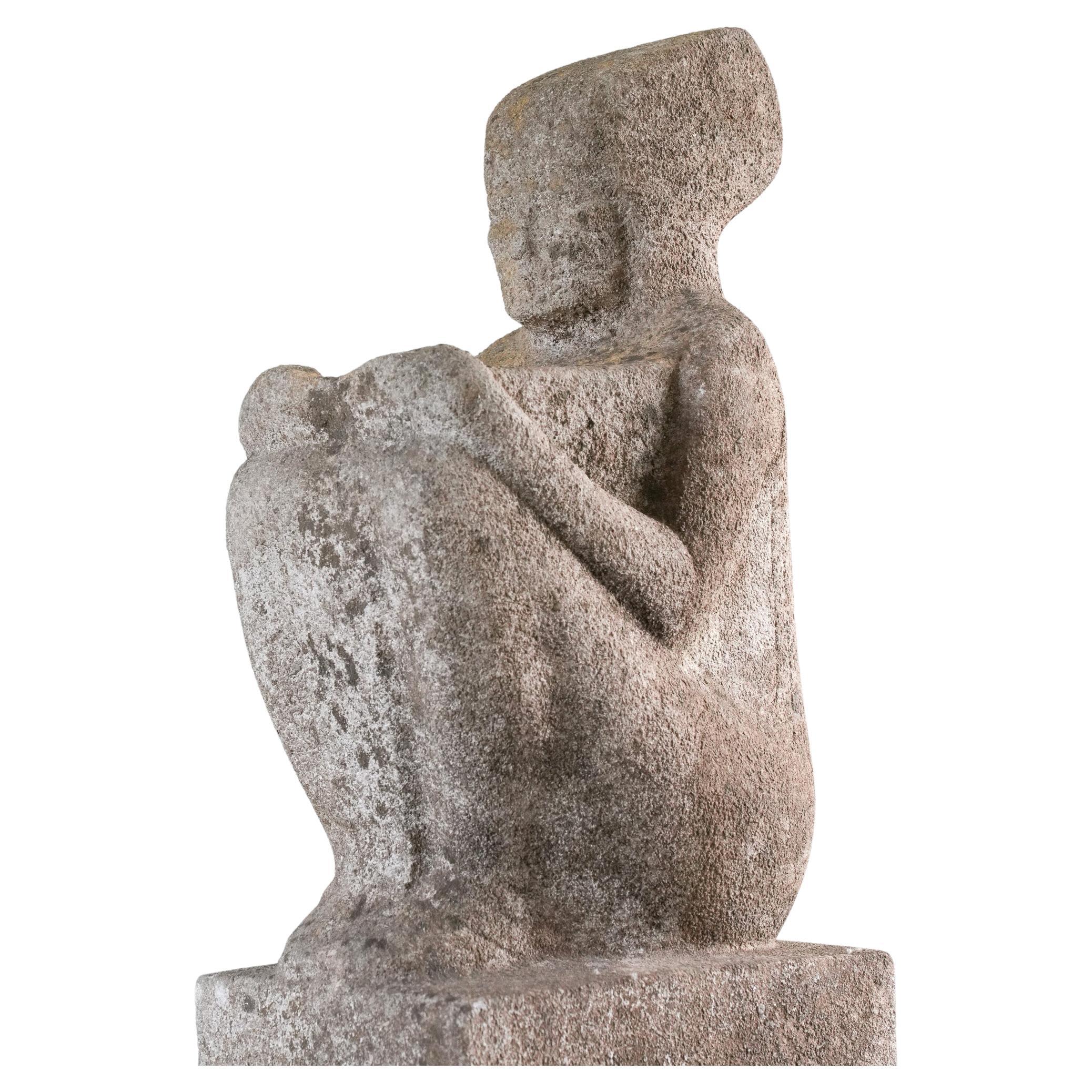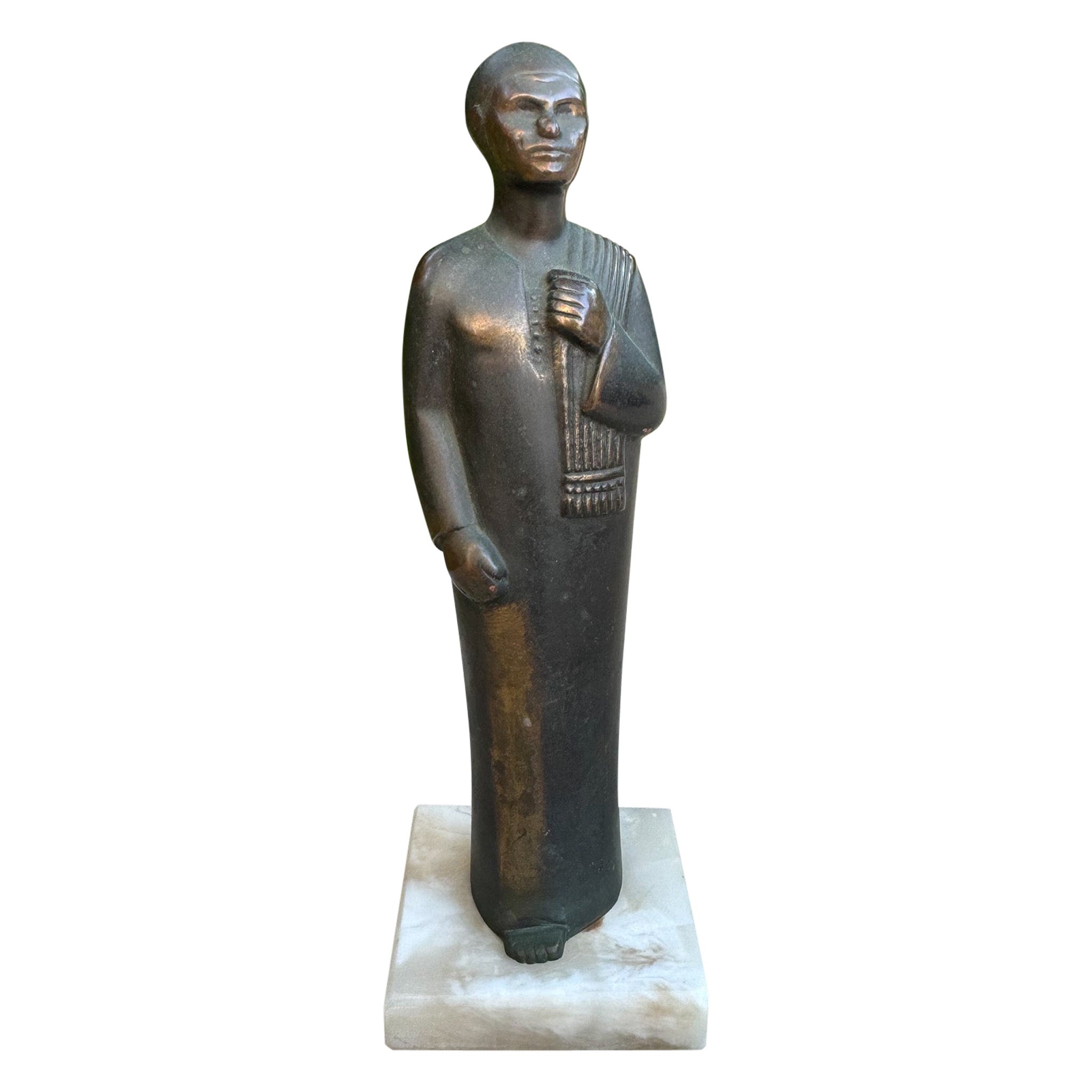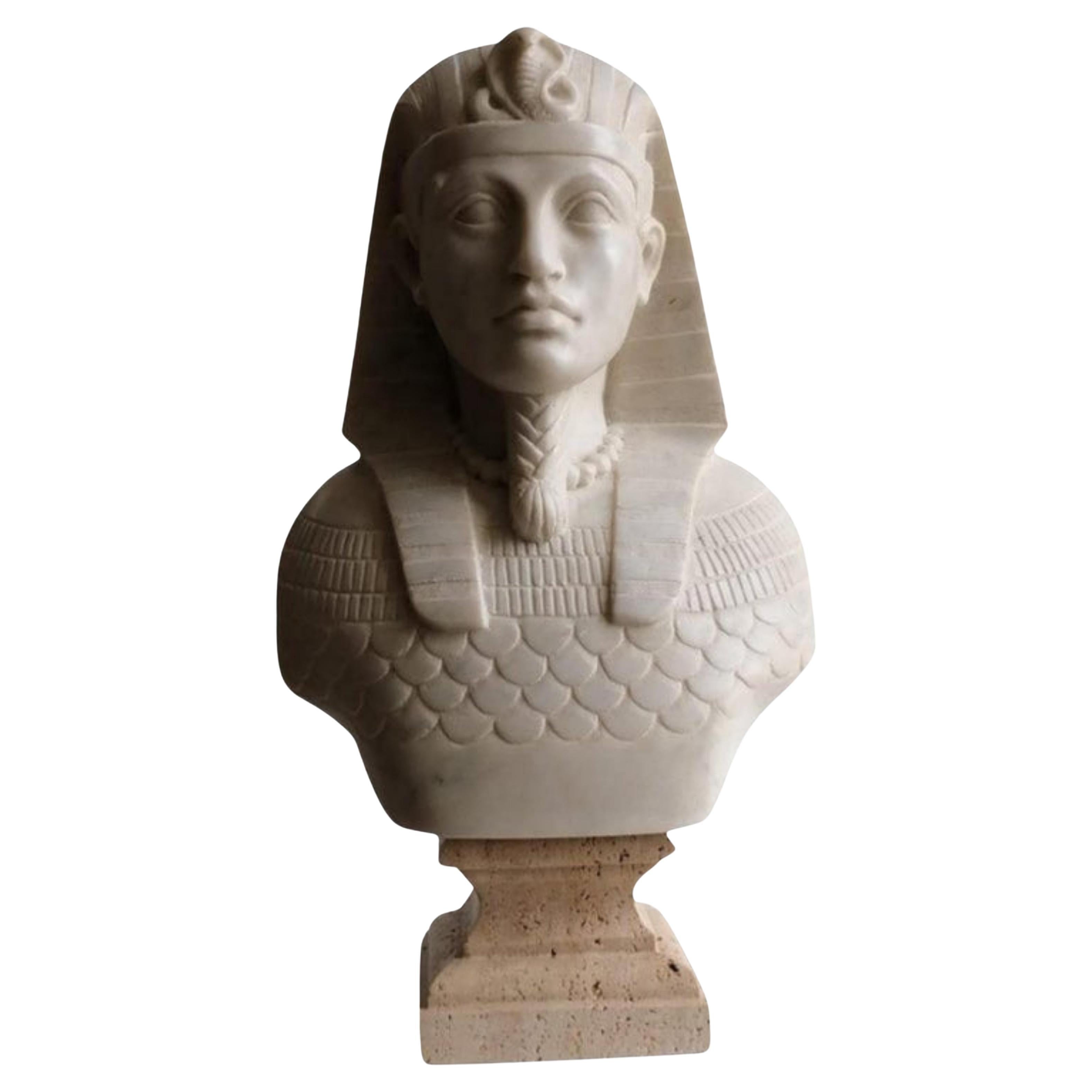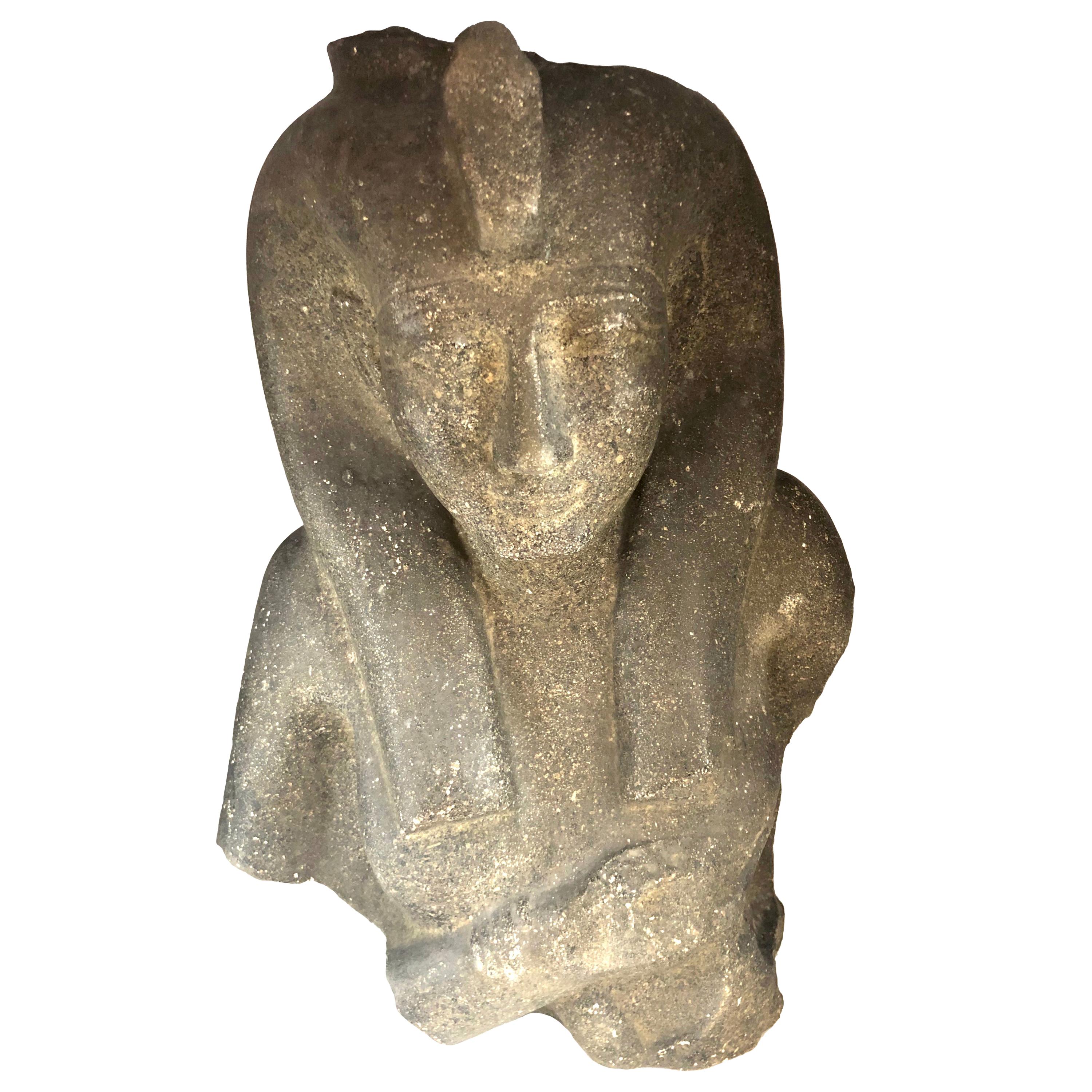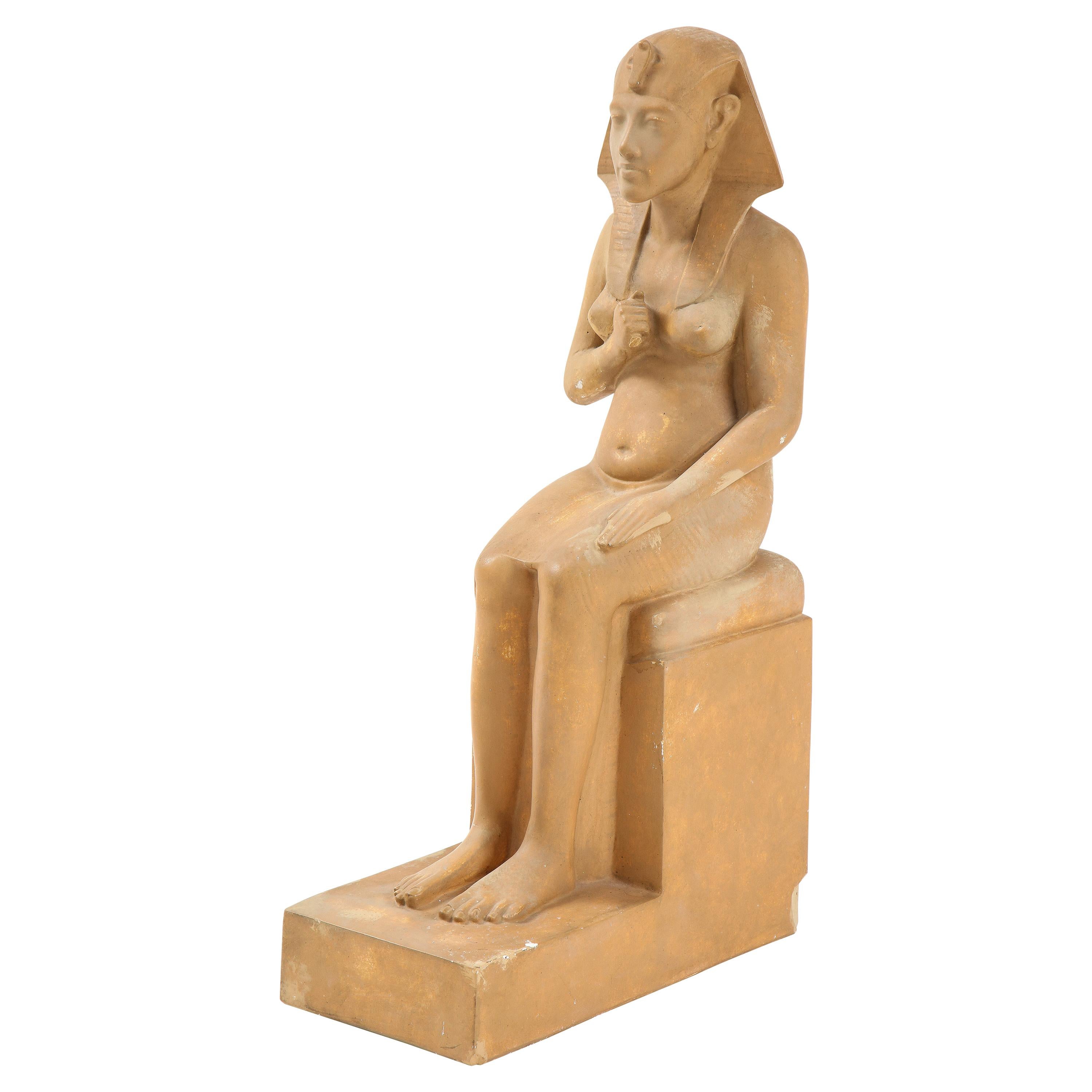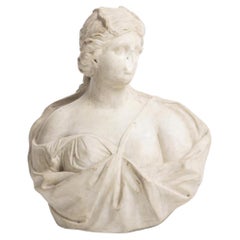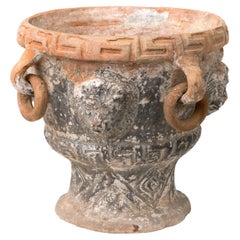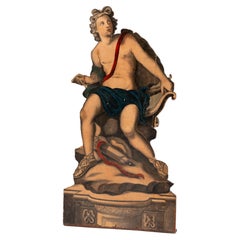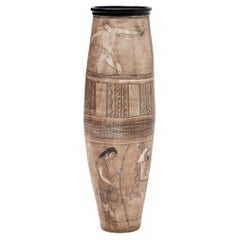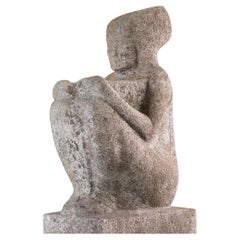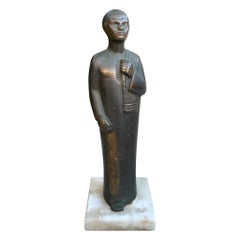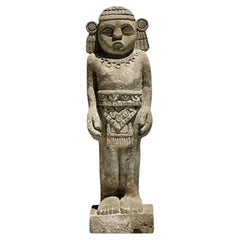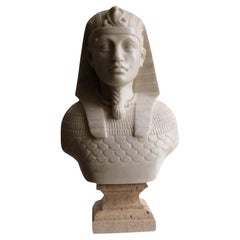Items Similar to Neo-Egyptian Sculpture in Stone and Cement Previous Building Façade in Barcelona
Video Loading
Want more images or videos?
Request additional images or videos from the seller
1 of 8
Neo-Egyptian Sculpture in Stone and Cement Previous Building Façade in Barcelona
$5,125.04
£3,795.06
€4,300
CA$7,047.70
A$7,838.85
CHF 4,102.69
MX$95,608.16
NOK 51,551.76
SEK 48,491.09
DKK 32,737.23
About the Item
Neo-Egyptian sculpture in stone and cement, this sculpture was a previous building façade in Barcelona, from the 19th century.
Neo-Egyptian Architecture, also called Egyptian Revival Architecture, is an architectural style that uses the motifs and imagery of ancient Egypt. It is attributed generally to the public awareness of ancient Egyptian monuments generated by Napoleon's conquest of Egypt and Admiral Nelson's defeat of Napoleon at the Battle of the Nile during 1798. Napoleon took a scientific expedition with him to Egypt. Publication of the expedition's work, the Description de l'Égypte, began during 1809 and was published as a series through 1826. However, works of art and architecture (such as funerary monuments) with Egyptian style had been made or built occasionally in Europe and the British Islands since the time of the Renaissance.
- Dimensions:Height: 69.3 in (176 cm)Width: 17.33 in (44 cm)Depth: 14.18 in (36 cm)
- Style:Egyptian Revival (In the Style Of)
- Materials and Techniques:
- Place of Origin:
- Period:
- Date of Manufacture:19th Century
- Condition:Wear consistent with age and use. Minor structural damages.
- Seller Location:Lisboa, PT
- Reference Number:1stDibs: LU7365234878972
About the Seller
5.0
Vetted Professional Seller
Every seller passes strict standards for authenticity and reliability
Established in 2018
1stDibs seller since 2022
14 sales on 1stDibs
Typical response time: 6 hours
- ShippingRetrieving quote...Shipping from: Lisboa, Portugal
- Return Policy
Authenticity Guarantee
In the unlikely event there’s an issue with an item’s authenticity, contact us within 1 year for a full refund. DetailsMoney-Back Guarantee
If your item is not as described, is damaged in transit, or does not arrive, contact us within 7 days for a full refund. Details24-Hour Cancellation
You have a 24-hour grace period in which to reconsider your purchase, with no questions asked.Vetted Professional Sellers
Our world-class sellers must adhere to strict standards for service and quality, maintaining the integrity of our listings.Price-Match Guarantee
If you find that a seller listed the same item for a lower price elsewhere, we’ll match it.Trusted Global Delivery
Our best-in-class carrier network provides specialized shipping options worldwide, including custom delivery.More From This Seller
View AllItalian Renaissance marble bust of Diana, 16th century
Located in Lisboa, PT
his exquisite marble bust represents Diana, the Roman goddess of the hunt, the moon, and nature, and is a remarkable example of Italian Renaissance sculpture from the 16th century. C...
Category
Antique 16th Century Italian Busts
Materials
Marble
Terracotta Vase, France 20th Century
Located in Lisboa, PT
Terracotta vase. France 20th century.
Category
20th Century French Vases
Materials
Terracotta
XVIII Century Welcome Figure
Located in Lisboa, PT
A welcome figure, was often used in the 18th century in Europe as a decorative piece intended to greet visitors. These figures, crafted from wood and hand-painted, were usually posit...
Category
Antique 18th Century European Screens and Room Dividers
Materials
Wood
Large Greek-Style Vase
Located in Lisboa, PT
This large vase in Greek style, produced in France around the 1970s, is a decorative piece designed to evoke the classical elegance of ancient Greek pottery. During the 1970s, there ...
Category
20th Century French Greek Revival Vases
Materials
Stoneware
$2,711 Sale Price
35% Off
XX Century Medici Cement Vases
Located in Lisboa, PT
Medici Vases are large, ornamental vases that originated in ancient Greece and gained popularity during the Renaissance period in Italy. They are characterized by their impressive si...
Category
Early 20th Century Spanish Vases
Materials
Cement
$2,681 Sale Price / set
25% Off
19th Century Bust Mold Representing the Effigy of the French Republic-"Marianne"
Located in Lisboa, PT
The effigy represents "Marianne," the national symbol of the French Republic, embodying liberty, equality, and fraternity. This particular artifact is a large plaster mold used to cr...
Category
Antique 19th Century French Busts
Materials
Plaster
You May Also Like
A Portland Stone Statue of an Egyptian Deity
Located in Conwy, GB
A carved Portland stone figure with integral rectangular plinth of a seated Egyptian Deity.
Circa 1900.
Category
Early 20th Century English Figurative Sculptures
Materials
Limestone
Solid Brass & Marble Figurative Sculpture, Early 20th Century
Located in San Juan Capistrano, CA
Solid Brass & Marble Figurative Sculpture, Early 20th Century. Really nice natural patina.
Category
Early 20th Century Unknown Egyptian Revival Figurative Sculptures
Materials
Marble, Brass
$280 Sale Price
20% Off
Vintage Boho Monumental Mayan Carved Stone Sculpture of Man
Located in West Palm Beach, FL
Immerse your space in the rich history and artistic power of this Vintage Boho Monumental Mayan Carved Stone Sculpture of Man. This extraordinary piece, hand-carved from substantial ...
Category
Early 20th Century Mexican Figurative Sculptures
Materials
Stone
Italian Sculpture " Egyptian Pharaoh " Carrara Marble 20th Century
Located in Madrid, ES
Italian Sculpture " Egyptian Pharaoh " Carrara Marble 20th Century
H: 52cm
20th Century
marble sculpture
very good condition
Category
20th Century Italian Modern Figurative Sculptures
Materials
Carrara Marble
$6,197 Sale Price
20% Off
Antique Cast Sculpture Egypt Goddess Isis
Located in Munich, DE
Decorative cast of a sculpture of the Egyptian goddess Isis.
Category
Vintage 1920s Italian Art Deco Busts
Materials
Plaster
Grand Tour Statue of Pharaoh Hatshepsut After the Ancient Model
Located in Montreal, QC
Grand Tour statue of Pharaoh Hatshepsut after the ancient model.
Hatshepsut was the fifth pharaoh of the Eighteenth Dynasty of Egypt and was the second historically confirmed female pharaoh, the first being Sobekneferu. The authentic ancient sculpture of Hatshepsut is located in Deir el-Bahri, Thebes, Egypt. Cast painted plaster. Provenance: The Collection of Charles de Beistegui, Château de Groussay. Charles de Beistegui (1894-1970), an enigmatic interior decorator whose passport was Spanish and whose wealth came from his family’s Mexican silver mines. Beistegui to indulge himself in the homes he decorated, such as his Chateau de Groussay...
Category
Antique Early 1900s Egyptian Egyptian Figurative Sculptures
Materials
Plaster
More Ways To Browse
Egypt Stone
Battle Of The Nile
Stone Fish Sculpture
Carved Cupid
Goat Mount
Grand Tour Souvenirs
Marble Church
Staircase Sculptures
Ancient Egyptian Bronze
Antique Tambourine
Baroque Carved Angel
Biscuit Porcelain Sculptures
Brass Face Sculpture
Nude Academy
Sculpture Of Zeus
Spain Figurine
Bronze Jugendstil
Green Jade Sculptures
